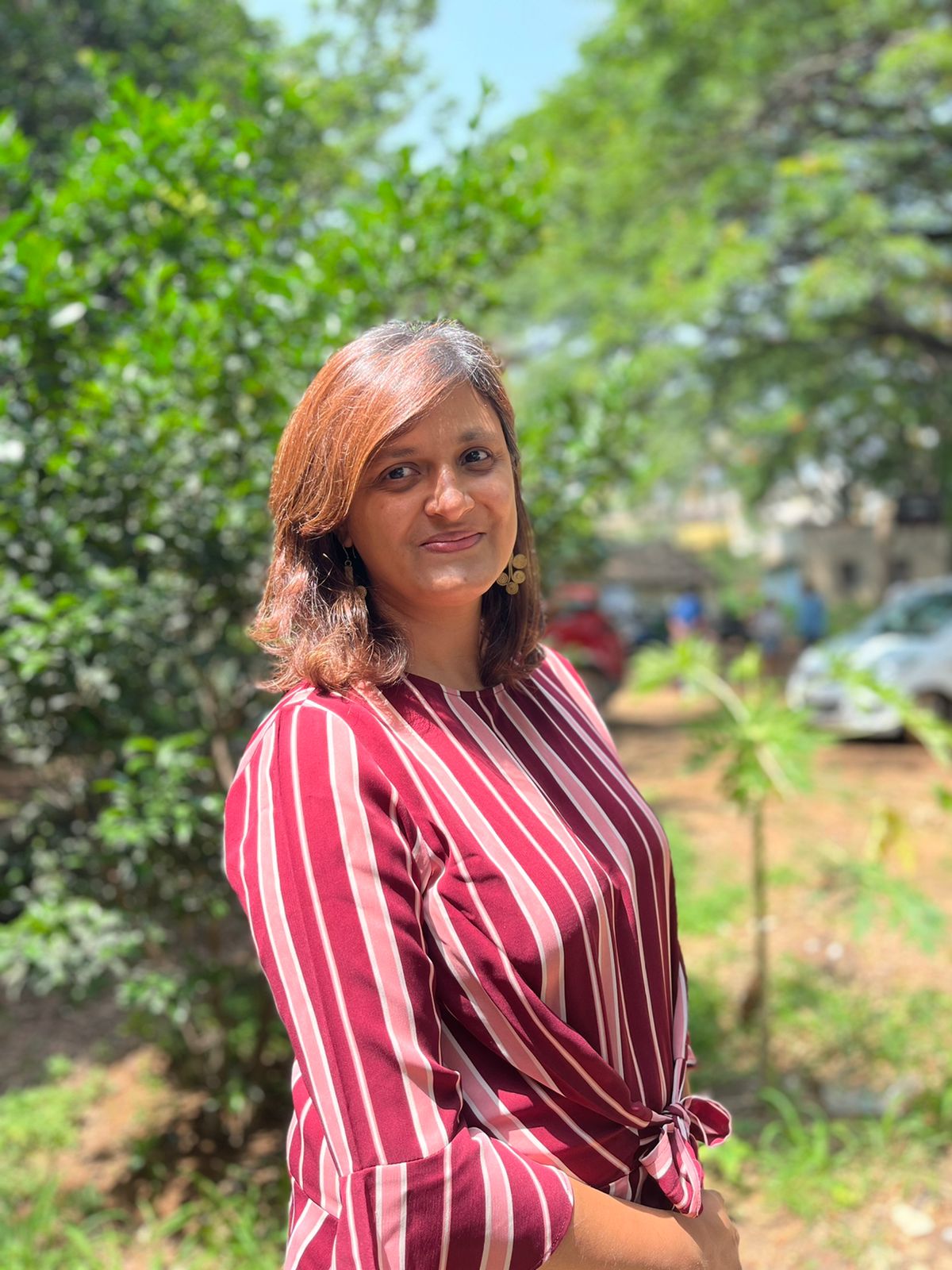Yesterday, while watching a video on YouTube, I was given a choice – what kind of ads would you like to watch? Today, we have a great degree of choice we have over the information we receive, the content we consume and even the ads that we watch. This is a far cry from just twenty years ago, when credible news was well-curated and received on two reliable channels, and when entertainment was limited to a few options, and we all watched the same shows.
Choice is most definitely a good thing. And having a choice to the extent of what advertisements you want to watch is a winning situation. For communicators though, this utopian bubble can be dangerous. Communications professionals advise based on the context, the audience and the context, including social and political nuances. There is a danger here that you may believe that the information you receive based on your personal preferences is the whole context. This can lead to misguided advice and potential public relations nightmares.
As communicators, we are more than consumers of content and information. We have a duty to understand the media environment and its effect on audiences and society. It is this critical view of media, (and when I say media I mean all types and mediums of mass communication) how it works and its intentions that qualify us to our roles as advisors.
We must proactively fight the bubble. We are the solitary fighters against the algorithms, asking for information that may disturb us, but that keep us in the real world.
To stay on top of the waves of opinion, counter opinion, fact and misinformation, we need to court diversity. In our teams, in the media that we watch, in the publications we read. We need to search for information and experience that is more than the algorithmic push.
So before you exit that WhatsApp Group that isn’t in line with your worldview or philosophy, wait. Stay on the side-lines, watch the conversation. Get the pulse of what opinions are, really. Whether you agree or not, you need to know what is being talked about. Actively search for news that is diverse. If you hear a point of view, look for the counter-point that may not have as many resources to promote itself. Or perhaps the counter-point is a flimsy one, but you did your research. When you start to dig for information, being informed of how search engines and algorithms work, you will be surprised at how difficult it is to find diverse thinking. And that must make you think.
It’s like when I listen to music – I love listening to music of all sorts. For a while I was annoyed by the advertisements on the radio and wondered whether a radio jockey was really needed. Overjoyed to find YouTube music, I made playlists of my favourite songs, and loved the suggestions that were more of the kind of songs I liked! But very soon, I found myself stuck in my own head, bored at the same repetitive soundtracks playing over and over. I could not find new music – to search was too wide, and I did not even know where to begin. I realised that I liked Hindi music that my friends did; I liked the classics that my dad listened to, I liked the singalong songs that my mum would hum to. I liked rock that Bangalore’s rockers of the 80s discovered and formed bands for. I liked Carnatic music that I heard being played under the trees in Cubbon Park, or at the local temples. Now I long for the professional radio jockey to return, who spent their days surfing the world of music, to bring me the new songs that were worth listening to.
As communications professionals, we tell people what to think, and so we must first, think. While we now have more choice of media and content, we must work hard to burst out of the bubble we are forced into every day, and see the real world.
The views and opinions published here belong to the author and do not necessarily reflect the views and opinions of the publisher.



Be the first to comment on "Beware the bubble – with media today, communications professionals have more choice, but less control"